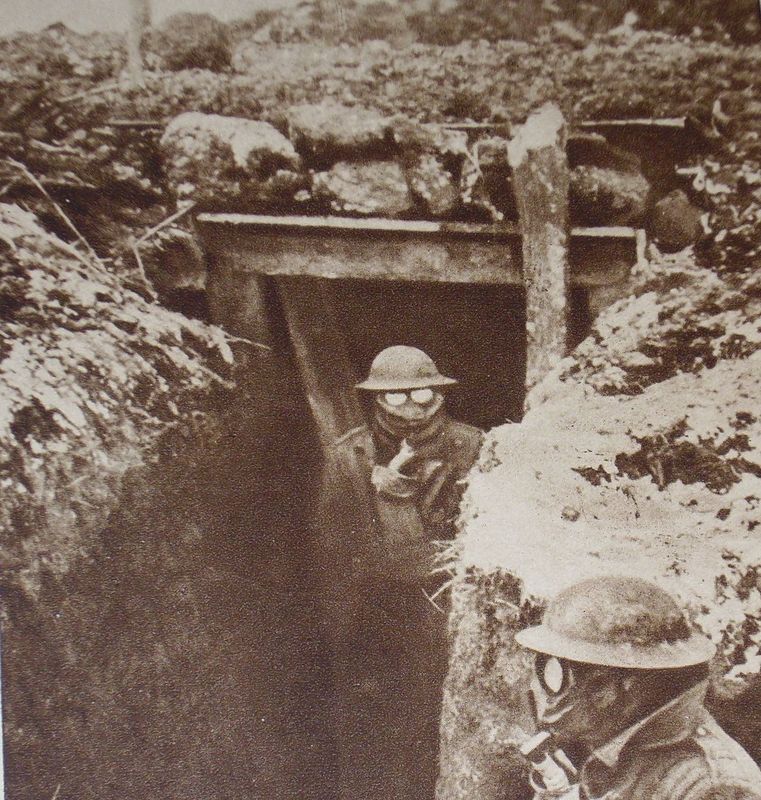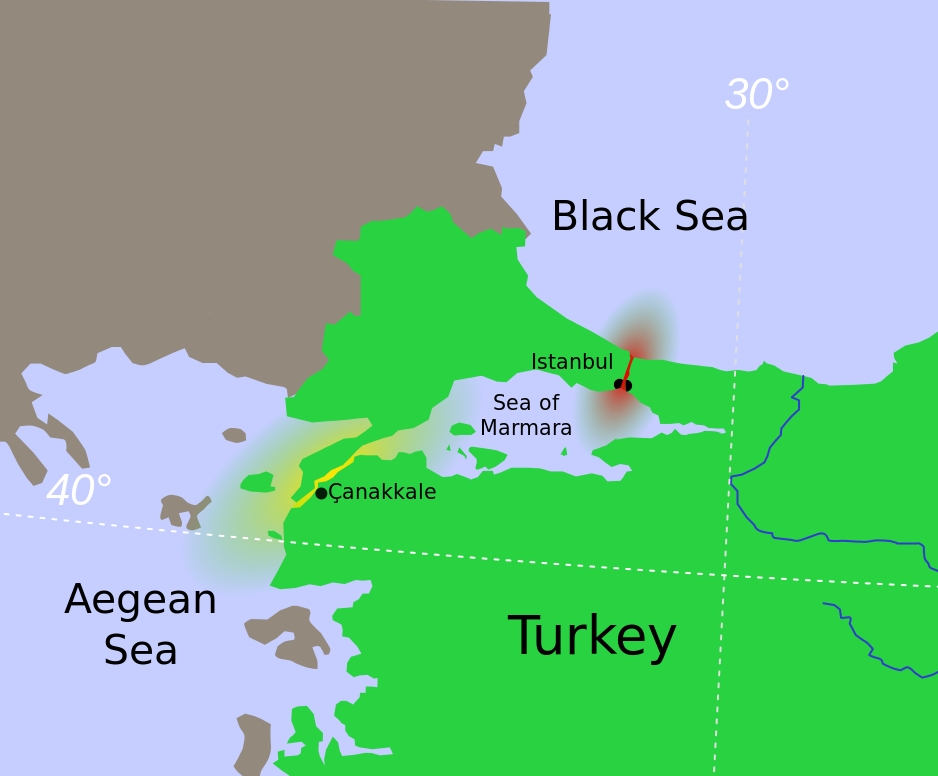|
In the novel The Power of One by Bryce Courtenay, one of the characters talks about the "stupendously stupid sacrifice of men" during some military battles. Those famous battles are briefly discussed here to help the reader understand the accuracy of his argument. The Charge of the Light BrigadeThe Charge of the Light Brigade took place on October 25, 1854, during the Crimean War, which pitted the Russian Empire against an alliance between Britain, France, the Ottoman Empire, and Sardinia. In the Battle of Balaclava, the British forced the Turks to abandon their artillery positions. Britain's Lord Raglan didn't want the Russians to take their cannons when they retreated, so he ordered the British cavalry to following them and capture the cannons. There were gun batteries on three sides of the valley into which the cavalry rode, so it was ridiculous to think they'd be successful. This valley became known at the Valley of Death and become symbolic of the needless sacrifice of human life in war. The Charge of the Light Brigade—1 day Alliance casualties: 363 (40% of the cavalry who charged) Russian/Turk casualties: very few Flanders Fields
Many of the same trenches were used for four years! Those newer, more accurate machine guns made it easy for opposing sides to mow down soldiers as they rose above the trenches when trying to advance. It was a long and bloody stalemate with neither side able to advance.
Gallipoli The Battle of Gallipoli also took place during World War I. The Gallipoli peninsula is located in Turkey and runs along the Dardanelles Strait (in yellow on the map below). The Central Powers (Germany, Turkey, Austria-Hungary, and Bulgaria) controlled the Dardanelles Strait, which was an important transportation route to the Mediterranean Sea as transportation, at the time, was limited to mainly trains and ships. The Allied Powers wanted access to the Mediterranean Sea to provide naval and supply support from Russia. This meant Russians ships needed to be able to travel from their ports on the Black Sea, through the Dardanelles Strait to the Aegean Sea and then to the Mediterranean. Troops from Britain, Australia, and New Zealand (all Allies) landed on the Gallipoli Peninsula and faced well entrenched Turkish forces who held them off in the months long battle. Gallipoli Campaign—8 1/2 months Allied casualties: 192,000 (plus another 100,000 evacuated due to sickness) Central Powers casualties: 186,000 (plus another 64,000 evacuated due to sickness) Summary These battles are all examples of great loss of life with little or no gain for the countries battling. The British didn't gain control of the guns in the Valley of Death, neither the Germans nor the Allies gained more than a few miles on the Western Front during World War I, and the Allies were forced to retreat, having gained nothing in their attack of the Gallipoli Peninsula. All those injuries and deaths were for nothing. They were a "stupendously stupid sacrifice of men." Bundesarchiv Bild 104-0832, Soldaten in Kampfpause in Schützengraben. circa 1916. German Federal Archive. Wikimedia Commons. Web. 7 May 2017. The Crimean War - Episode 2 The Valley of Death. Dir. Mick Gold. YouTube. UKTV, 15 June 2011. Web. 07 May 2017. "The Eastern Front, 1914-17." The National Archives. The National Archives of the UK, n.d. Web. 2 May 2017. <http://www.nationalarchives.gov.uk/pathways/firstworldwar/document_packs/eastern.htm>. Esposito, Vincent J., and T. Dodson Stamps, eds. "Race to the Sea 1914." A Short Military History of World War I - Atlas. N.p.: n.p., 1950. N. pag. Wikimedia Commons. Web. 7 May 2017. <https://commons.wikimedia.org/wiki/File:Race_to_the_Sea_1914.png>. Freedman, Russell. The War to End All Wars: World War I. Boston: Sandpiper, Houghton Mifflin Harcourt, 2013. Print. Kenney, Karen Latchana, and Edward G. Lengel. Everything World War I. Washington, D.C., U.S.A.: National Geographic Society, 2014. Print. Krasnoborski, Edward J. "Battle of the Marne." United States Military Academy. N.p.: Department of History, 1938. N. pag. Wikimedia Commons. Web. 7 May 2017. <https://commons.wikimedia.org/wiki/File:Battle_of_the_Marne_-_Map.jpg>. Moore, William E., and James C. Russell. American's Wearing Gas Masks during World War I. N.d. Wikimedia Commons. Web. 7 May 2017. Rasmussen, R. Kent. World War I for Kids: A History with 21 Activities. Chicago, IL: Chicago Review, 2014. Print.
|
Author
I often struggle to find websites with thorough explanations in simple language to help kids understand historical events or scientific concepts, so I decided to create some of my own! -Cookie Davis
Archives
March 2024
|





 RSS Feed
RSS Feed